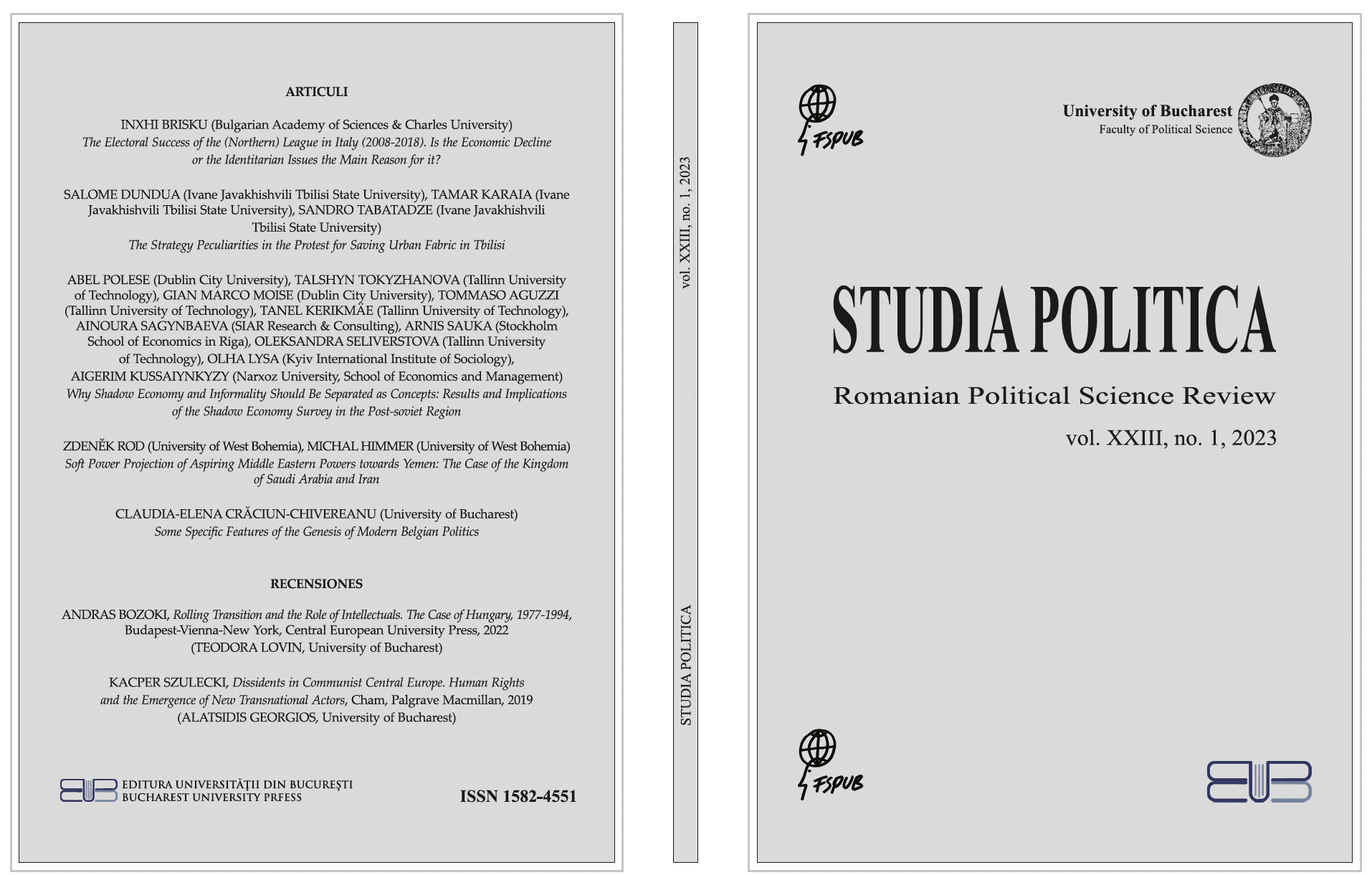THE STRATEGY PECULIARITIES IN THE PROTEST FOR SAVING URBAN FABRIC IN TBILISI
THE STRATEGY PECULIARITIES IN THE PROTEST FOR SAVING URBAN FABRIC IN TBILISI
Author(s): Salome Dundua, Tamar Karaia, Sandro TabatadzeSubject(s): Politics / Political Sciences
Published by: Editura Universităţii din Bucureşti
Keywords: Urban activism; urban re-development; Georgia; political context; strategy; investment;
Summary/Abstract: After gaining its independence in 1991, Georgia faced significant challenges onall levels like all other post-communist countries. Therefore, against this background,care for urban historical and cultural heritage, and ecological health was less visible onthe agenda. As a result of the Rose Revolution of 2003, various reforms were carried out.After strengthening state institutions, the re-urbanization of cities was gradually included onthe agenda. At the same time, growing urbanization resulted in an acute shortage ofgreen space and an uprising of the urban grassroots movements in Georgia. We haveselected three cases of urban movement developed in Tbilisi, the capital of Georgia.“Save Gudiashvili Square,” “Defend Vake Park,”and “No to Panorama Tbilisi!”. Eventhough these cases occurred almost simultaneously, and the activists involved werequite the same, their achievements are different. The presented research attempts todetermine the challenges that arose during the formation of the urban movement agendaand study the activism strategy and how it influenced the results of the movements. Bytriangulation of multiple methods – analyzing primary and secondary sources andinterviews of involved actors –, we argue that the strategy of the movements played animportant role, while not crucial, with regard to the studied civic activism.
Journal: Studia Politica. Romanian Political Science Review
- Issue Year: 23/2023
- Issue No: 1
- Page Range: 37-64
- Page Count: 28
- Language: English

